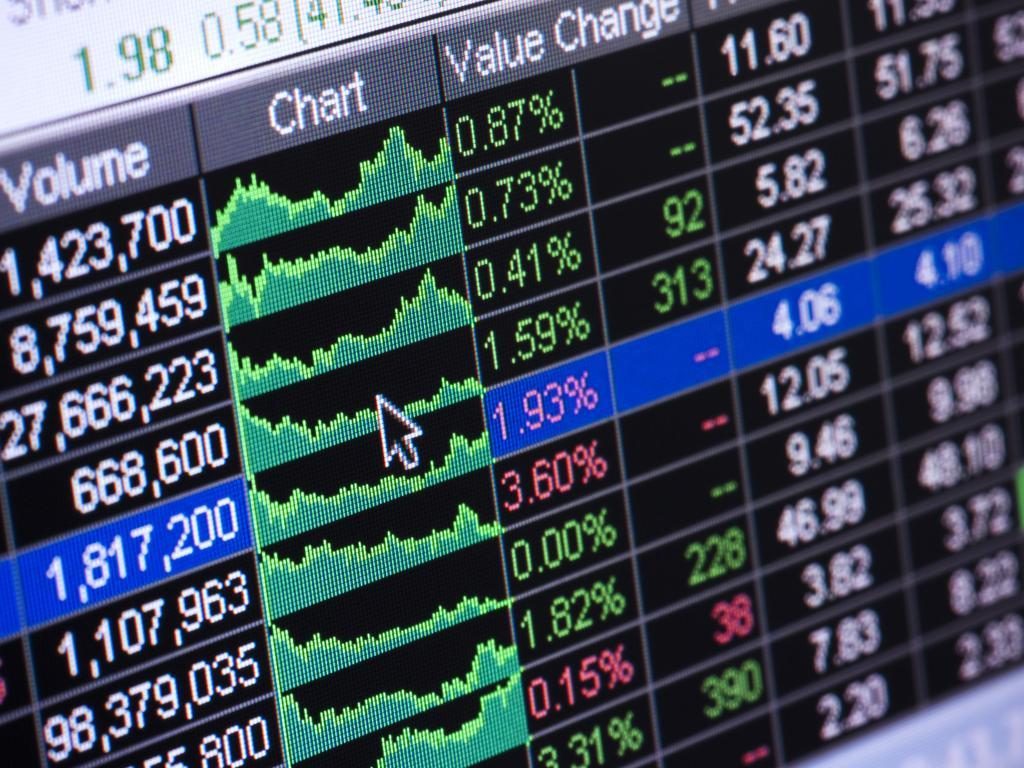When it comes to ETFs, diversity is somewhat of a trademark. There is always at least one of them covering each sector or complimenting a financial strategy. However, choosing the right fund is not as simple as it seems.
 First step: ETF Evaluation
First step: ETF Evaluation
Before you choose an ETF, there are a few factors you should take into consideration. Expense ratio and the issuer are important, and you should not ignore them when making your choice.
However, the essential part of any ETF is its underlying index. It tells your financial advisor which securities to buy, and how much of them. Furthermore, it can tell you a lot about your fund’s success. Each index has a tracker – a specific ETF.
Still, it does not mean that you should pick any random one. Even if they are in the same sector, chances are that they do not have the same structure. Take S&P 500 and Dow Jones, for example. You cannot interchange them, and there is a big difference when it comes to the number of companies they hold. In addition to that, S&P uses the market capitalization concept, while Dow Jones uses the price method.
Finding out more about the index is essential if you want to succeed. Furthermore, it is better to be safe than sorry, so do your research first.
Second Step: Effectiveness
 You should make sure that the ETF does its job perfectly. In a parallel universe, all of them track their indexes correctly, and the numbers are always the same.
You should make sure that the ETF does its job perfectly. In a parallel universe, all of them track their indexes correctly, and the numbers are always the same.
However, back in the real world, this is a rarity. Most of the time, it is due to expenses. Management fees are the main culprit and the reason why you are not saving a lot of your ETF’s returns. Furthermore, there are other reasons why errors might happen – sometimes it is the fault of the managers who are not that good at trading.
Some indexes are just easier to track, so the problem might be in them. It usually means that they have lots of turnovers, and therefore, high transaction costs.
Still, managers then buy just some of the securities – they “optimize” their purchases or “sample” the goods. Sampling, in particular, can lead to an entirely different issue – over or underperformance.
Third Step: Liquidity
An ETF is not useful at all if you cannot trade it whenever you want. Furthermore, you want to do that without paying an arm and a leg for it. That is why you should look for ETFs that are as liquid as possible.
Why? Well, the reason is rather obvious. Funds that have higher trading volumes per day are easier to buy and sell. Furthermore, if they have more assets, you can easily trade them with tighter bids. There is even a chance of lower premiums – maybe even net asset value discounts.
However, it does not mean that you should just look at the high-volume or high-asset ETFs. Even the smaller ones can be more liquid than the others. But, it would depend on the liquidity of their underlying securities.
There are also other factors to consider before buying an ETF. Check the tax efficiency, expense ratio, and maybe even the particular risks that are connected to a specific sector.
But, if you are going to consider just a few of these suggestions, always opt for the index and the tradability.

